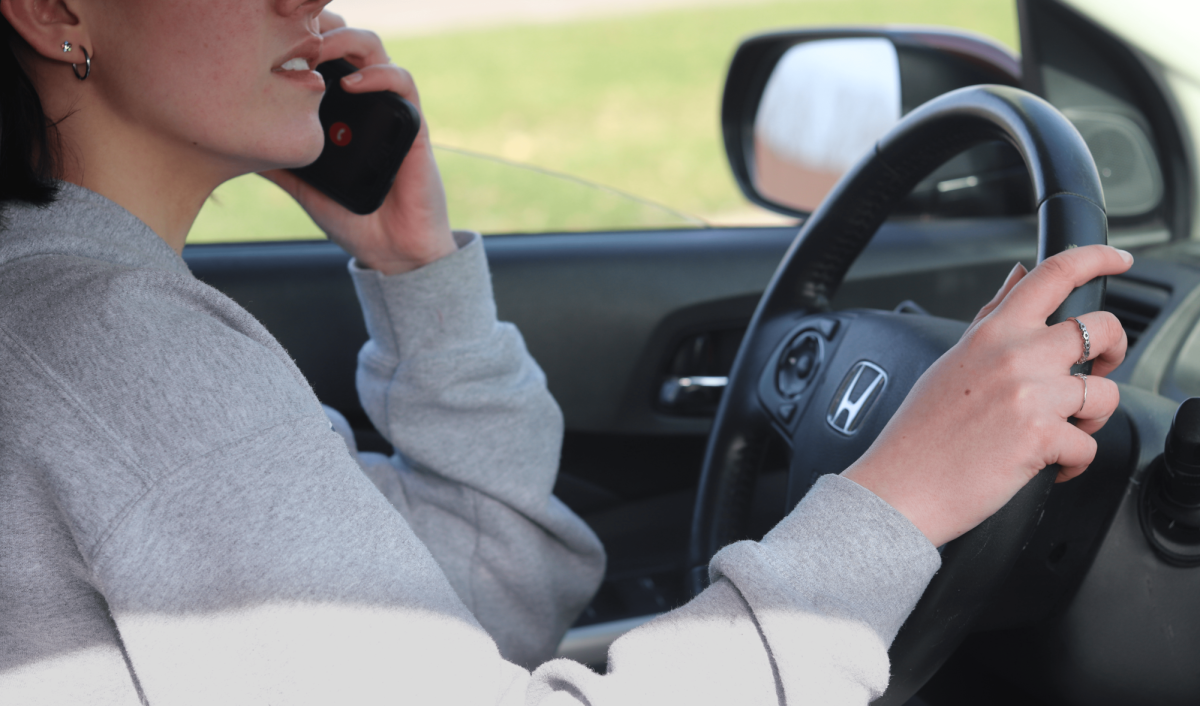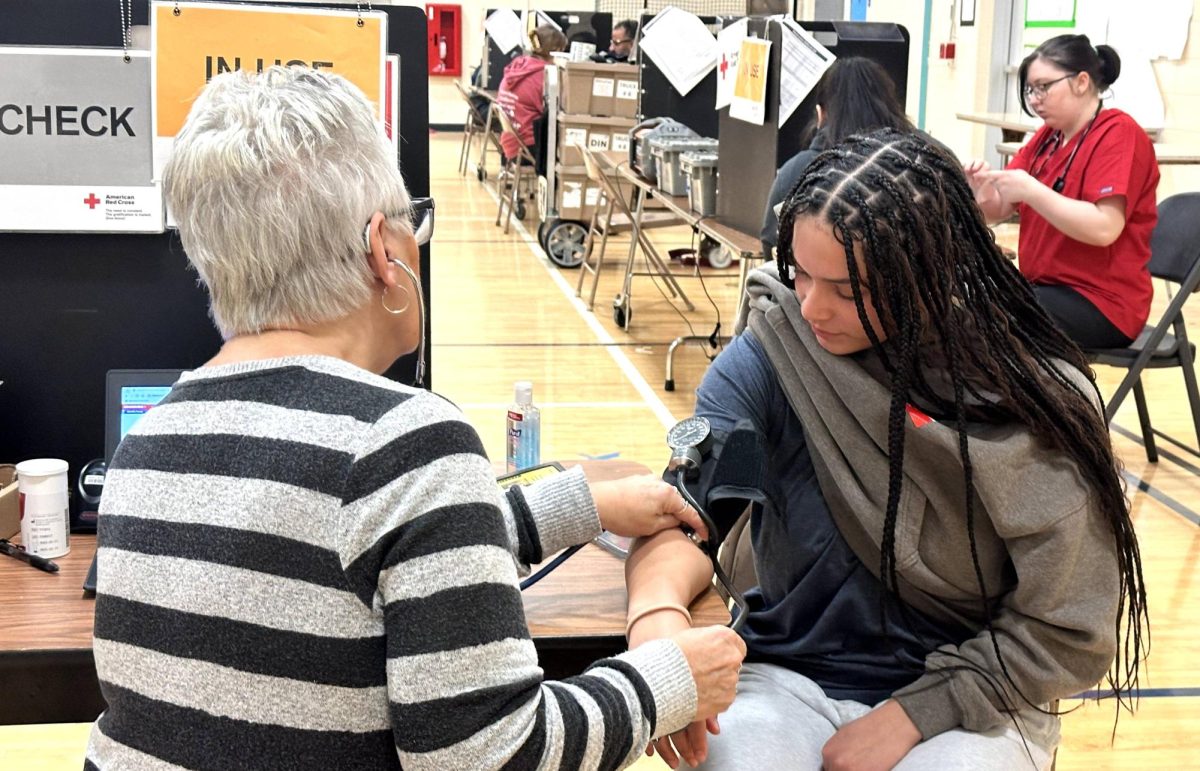
Self Driving Cars were once a fantasy, reserved for science fiction books and movies, yet Google has recently received media attention for making them a reality. However, not everyone believes these cars truly work. Sure, some cars currently on the market can stop or park themselves, but how could a car make all the decisions human drivers have to make to keep people both inside and outside the car safe every day?
It turns out, Google’s Self-Driving cars can. In fact, the cars been making these decisions both in closed courses and on the road in real situations for years, and the only question that remains is, “When will self driving cars hit the market?”
According to a report by Business Insider, most companies predict that the cars will be on the market in less than five years.
However, not everyone thinks that the self-driving cars are safe, and almost no one thinks the cars are market ready. Though Google has been developing self-driving cars for almost six years now, the public is still wary.
“While a self-driving car is an interesting concept, I think that it will take a while for this to happen,” said senior and Michigan driver Ahmed Younis.
“Seems like it would be hard to update it. Getting a new operating system is just updating your computer, but it would be buying a new car,” said junior and soon-to-be Michigan driver Ashley Bynum.
Younis is a Michigan driver who feels that Google’s Self-Driving Cars can be a thing if Google shows the public that they are reliable and safe. Bynum is not a registered Michigan driver but drives using a permit from her driving school. She is a potential buyer, but Bynum’s not interested in Google’s Self Driving Cars, mostly because she doesn’t think enough people will buy it to help Google find and debug problems.
“I feel like they won’t have a large enough market, you know, to make it actually safe and reliable,” said Bynum.
According to Forbes Online, laws in four states of the U.S. and in Washington D.C. have already passed allowing self-driving cars to be tested on the road, and one of the four states that allows self-driving cars is Michigan. Recently, a poll done of 500 licensed Michigan drivers by the University of Michigan’s Transportation Research Institute revealed 44 percent of respondents still wanted full control of their future car.
Given that Google will only be able to sell these cars in three other states in the U.S., they will need as many buyers as possible, and with half the potential market already afraid of the car in Michigan it will be much harder for Google to prove their car is safe to the public and be able to get it on the market within the next five years.
One big issue that Google has run into is that the cars drive better than humans, not worse. According to MIT Technology Review, the cars calculate every move and are programed to deal with almost every possible situation under the sun with the best possible results. With years of design, there is almost no possible situation the car cannot handle.
According to Google’s Self-Driving Car Project’s web page, “Our vehicles have not caused any accidents while in self-driving mode.”
However, their monthly reports reveal that the cars have been rear-ended by drivers not paying attention behind them when they break for bicycles.
One way the Google Self-Driving Car Team fixed this error was by making turns and breaks smoother, according to CNET.com. With smoother and better turning, the cars were able to safely avoid both pedestrians and read ending.
Last month there were no accidents at all with a total of 48 cars on the road, according to Google’s Monthly Reports. In fact, according to the report, bikers say that they feel safer dealing with the self-driving cars than with actual drivers.
Google’s Self-Driving Car Website, however, displays a disclaimer that the cars aren’t ready for marketing yet, and both Younis and Bynum agree that improvements need to be made.
“People don’t really drive the speed limit, like, usually it’s about 10 miles per hour above, some people might have to rush somewhere. Hence, the cars should give you the option to violate the speed limit,” said Younis.
The biggest issue is that only 16 percent of the drivers in the poll by the University of Michigan’s Transport Research Institute felt comfortable ceding all control to the car. The other 41 percent of respondents to the poll perffered some form of manual override.
According to Google’s Self-Driving Car Website, “We plan to eventually remove these manual controls because our vehicles are ultimately designed to operate without a human driver.”
“They need an emergency stop, you know, like how they have it in drivers training cars with the teacher.” Said Byrum.
However, not everyone is at odds with the Google Self-Driving car. Sam Ratliff is a junior who would be willing to drive in a Google Self-Driving car. Like Bynum, Sam has a permit from his driving school that allows him to drive and is a potential buyer.
“It would take a while but I would feel comfortable in a Google car.” Said Ratliff.
However, the overlying consensus of the public is that Google cars are not reliable, and if Google wants to sell the car, they need to advertize to the public the safety of their cars.
“Self-driving cars are going to have to prove their safety before the public can accept them,” said Younis.
“Google needs to stick to search engines,” said Bynum.
Already, other car companies like Mercedes, BMW and Tesla have taken interest in the project and are negotiating with Google to install the software in their cars when they hit the market. However, if Google cannot prove to the public that their cars are safe, there won’t be a market for the next big thing.
Subscribe to the Newsletter

Venelope Ortiz, Tower Talk Editor • April 19, 2024
The quiet corners of a teenager's room, where laughter once echoed freely, is now replaced by silent struggles that won't go away. A fight not...

Lizzy Garcia, Guest Writer • April 19, 2024
In life, a handful of people are faced with making the decision of moving. Whether it be moving for job or education opportunities, a move like...

Finn Bankston, Staff Writer • April 18, 2024
Google Needs to Convince Michigan Drivers That Self-Driving Cars are Ready for the Market
November 12, 2015
Leave a Comment
More to Discover













